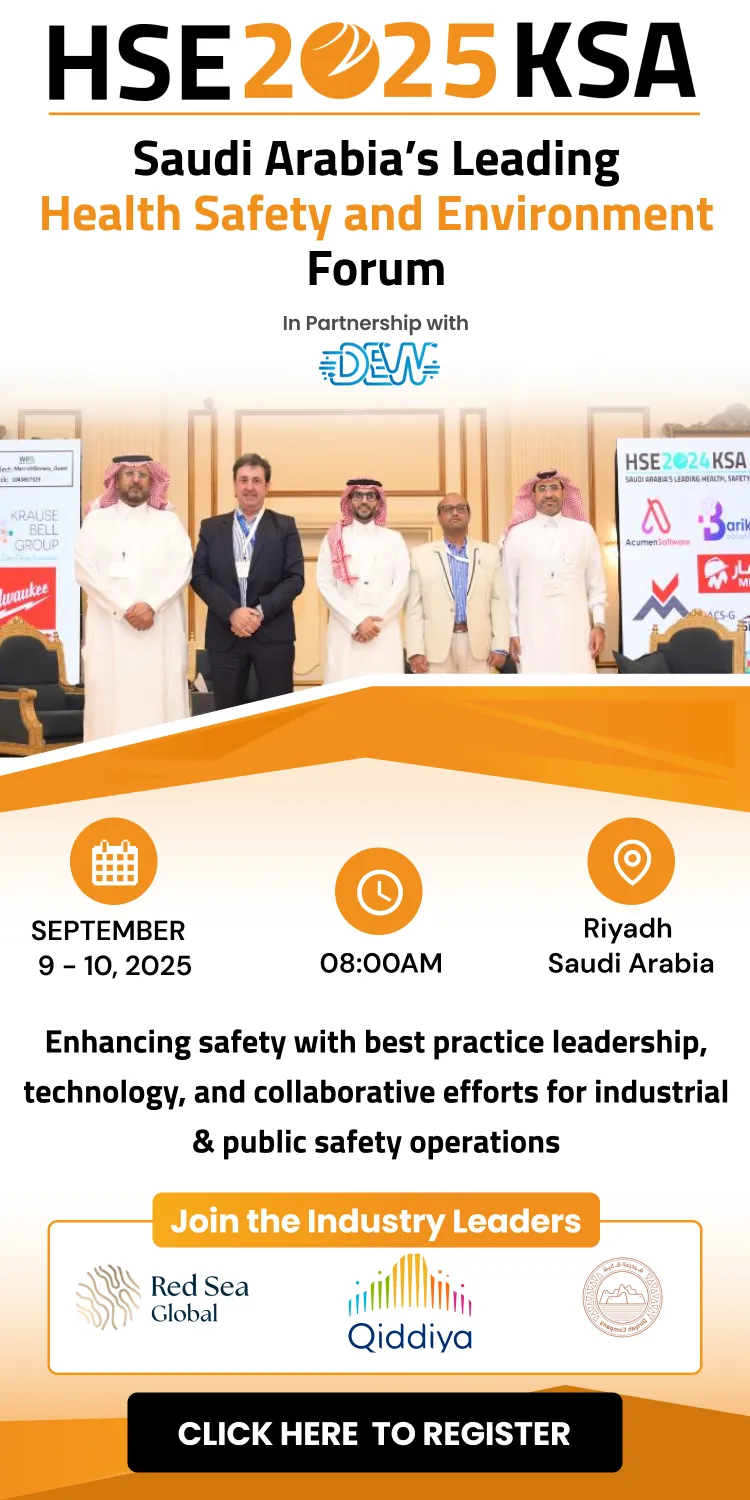Nearly one in five (18%) workers have experienced harm at work globally, with nearly half of this going unreported, according to the latest edition of the Lloyd’s Register Foundation World Risk Poll
The research comes from global safety charity Lloyd’s Register Foundation’s latest report: Engineering safer workplaces: Global trends in occupational safety and health using World Risk Poll data collected by global analytics firm Gallup, who conducted 147,000 interviews in 142 countries and territories around the world.
According to the report, rates of harm vary greatly from sector to sector, with fishing named as the most dangerous occupation, just ahead of construction and mining. Low- and lower-middle-income countries were also found to have higher workplace harm rates (19% and 22%, respectively). Almost two thirds of the global workforce (62%) have never received occupational safety and health (OSH) training about risks associated with their work.
Those in less stable forms of employment, such as part-time employees, were found to be more likely to suffer from harm than full-time employees (20% versus 15%). This is compounded by the fact that rates of training were found to be lower for part-time employees – less than a quarter (23%) had received workplace safety training in the past two years, compared to 41% of full-time employees.
Only half (51%) of the workers globally who experienced harm at work say they reported it. The report found that the more recently people have had training, the more likely they are to report workplace harm if they experience it. Individuals who had received workplace safety training in the last two years are 3.3 times more likely to report harm, compared to those who had never received any.Nancy Hey, director of evidence and insight at Lloyd’s Register Foundation, said, “Low reporting rates, combined with a potential lack of awareness due to low training rates, mean that the true extent of workplace harm is rarely revealed. That’s why safety and health interventions that are both regular and tailored must be a priority for both businesses and policymakers, along with clear reporting tools for all employees – including both part-time and full-time. Special efforts must be made to reach those most at risk and ensure they have a holistic understanding of what safety and health means, as well as an in-depth knowledge of essential procedures in place to keep them safe."
According to International Labour Organization (ILO) estimates, nearly three million people worldwide die of work-related accidents and diseases every year. Another 395 million workers sustain non-fatal injuries, particularly in hazardous industrial sectors such as agriculture and construction.
The report can be downloaded here
Sidebar
 MENA HSE Review
HSSR
MENA HSE Review
HSSR





